Amazing GARLIC—Bad Breath Aside—Eat it Anyway!
Modern science has shown that garlic is a powerful natural broad-spectrum antibiotic. Bacteria in the body do not appear to develop a resistance to garlic as they do to many modern pharmaceutical antibiotics. This means that its positive health benefits can continue over time, rather than helping to breed antibiotic resistant "superbugs."
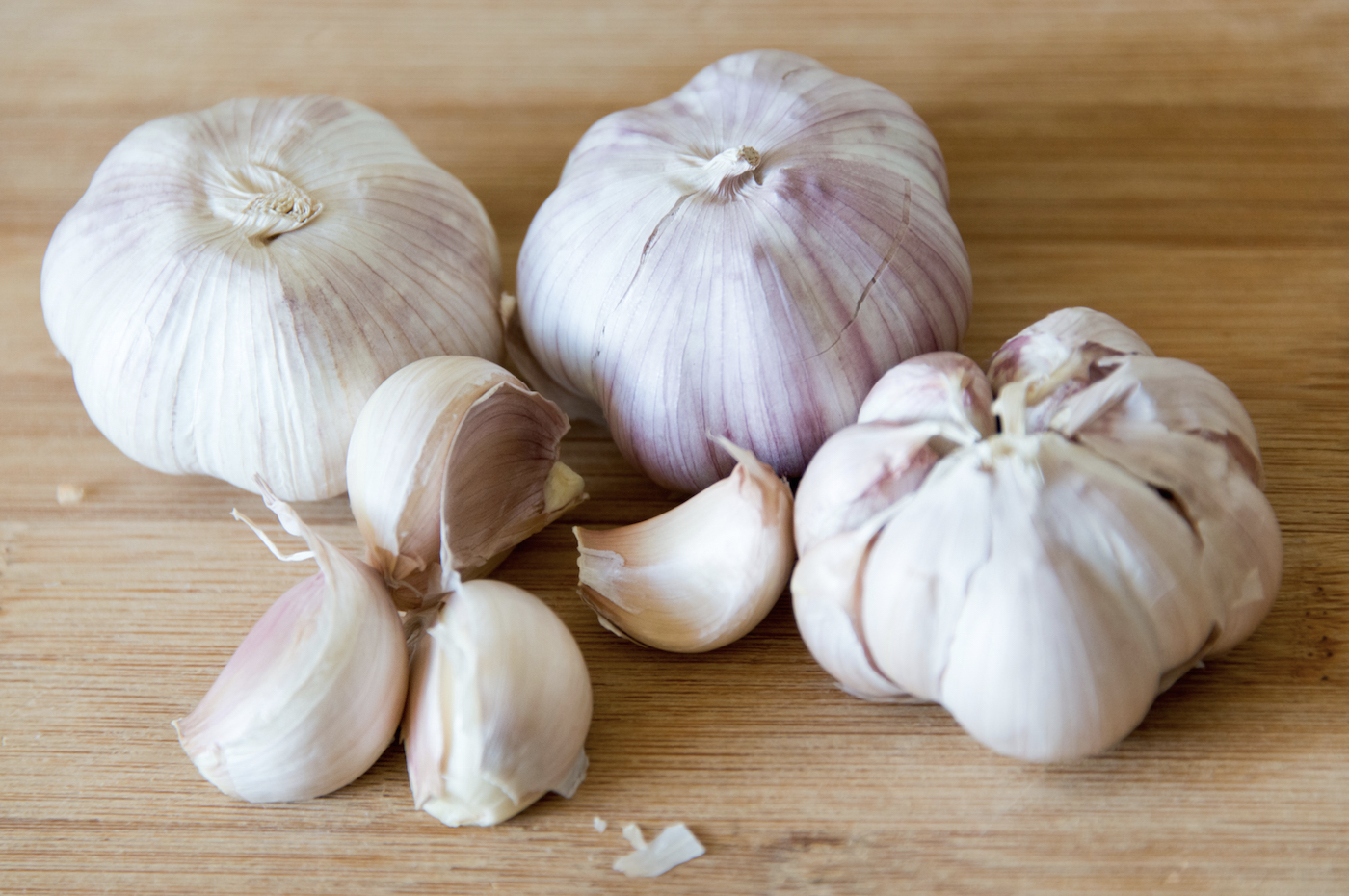
Studies also show that garlic—especially aged garlic—has a powerful antioxidant effect. We all know that antioxidants protect the body against damaging free radicals, so including them in our diet on a daily basis is a smart thing to do.
The two main medically-powerful ingredients in garlic are allicin and diallyl sulphides. Garlic is a sulphurous compound; a stronger tasting clove has more sulphur content and hence more potential medicinal value. It’s said that organically grown garlic has higher sulphur levels and hence, greater health benefits. In my experience it certainly has the best taste.
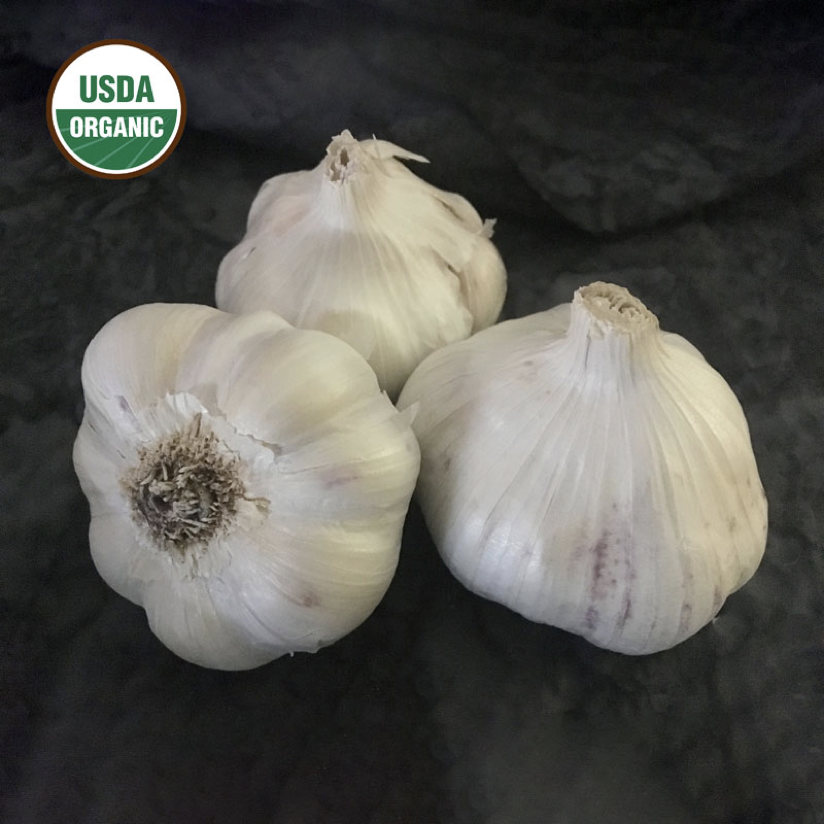
Besides its high antioxidant count, raw garlic:
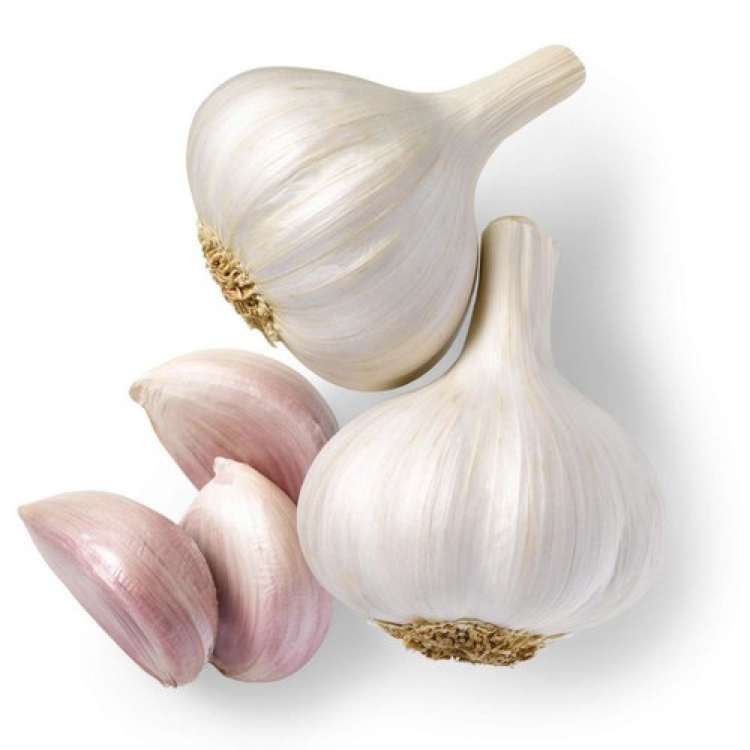
When buying garlic, make sure the heads are dry with plenty of paper covering. If you can see green shoots, then the garlic is probably too old and/or wasn't dried properly. Cloves that are far too old will crumple under the slightest pressure from the fingers.
That said, it goes without saying that it's important to remember the difference between bulbs and cloves when cooking! And when buying garlic for cooking, avoid being tempted by the very large elephant garlic. Although this looks wonderful, the taste is not at all the same and it is no substitute for ordinary garlic.
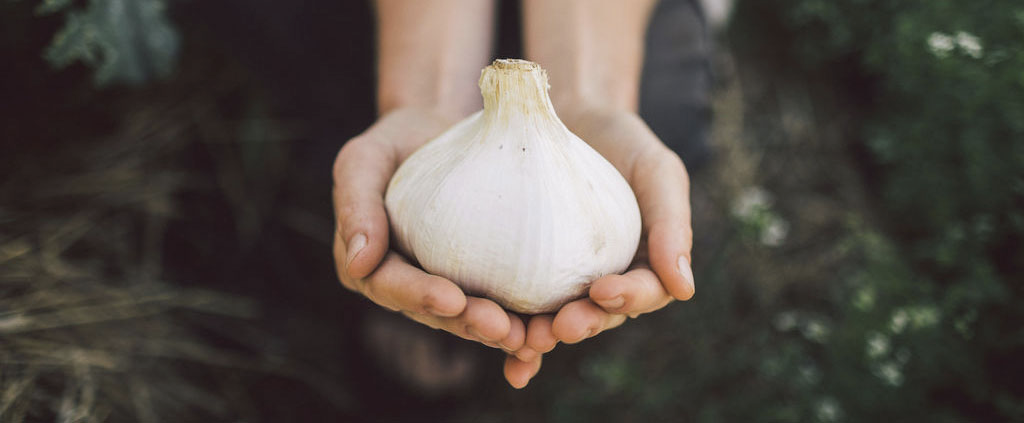
Once you get used to cooking with garlic you will probably find yourself using more than the recipe states.
You can buy a variety of garlic presses and other gadgets to help crush the cloves. But if you'd rather avoid gadgets then it's easy to crush garlic with only a knife and a little salt.
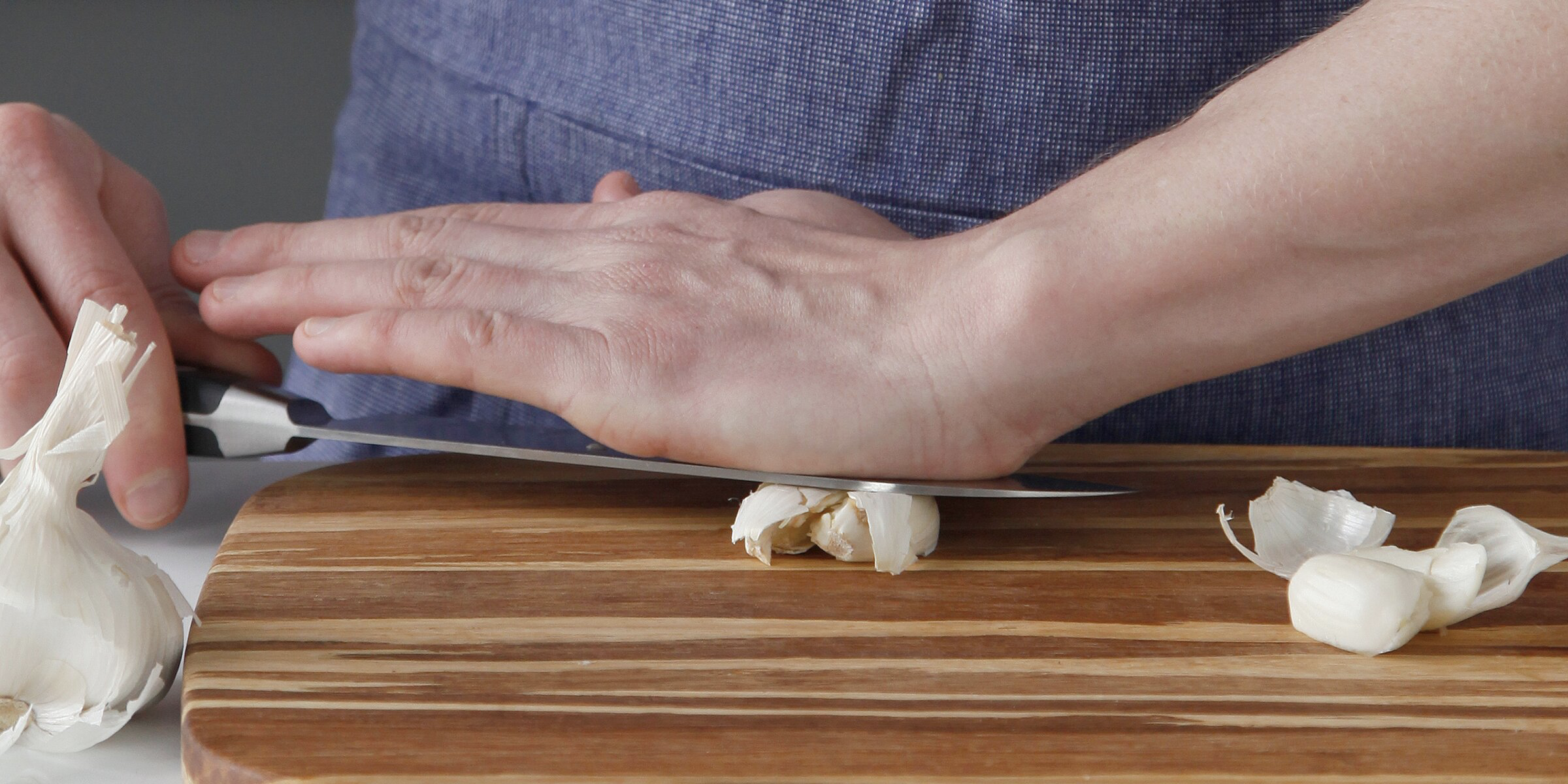
In general, the finer the chop, the stronger the taste. Crushed garlic has the strongest taste of all and only the real garlic aficionado uses crushed garlic raw. When cooked, whole garlic has a much milder, rather sweet taste. Garlic also mellows the longer it is cooked. Garlic added at the end of cooking will give a stronger taste than garlic prepared the same way but added earlier.
We’ve all had our garlic mashed potatoes, garlic-flavored croutons, garlic dusted French bread, and garlic-roasted chicken. But here’s a recipe for garlic cheese spread that is truly superb that you may not have had yet:
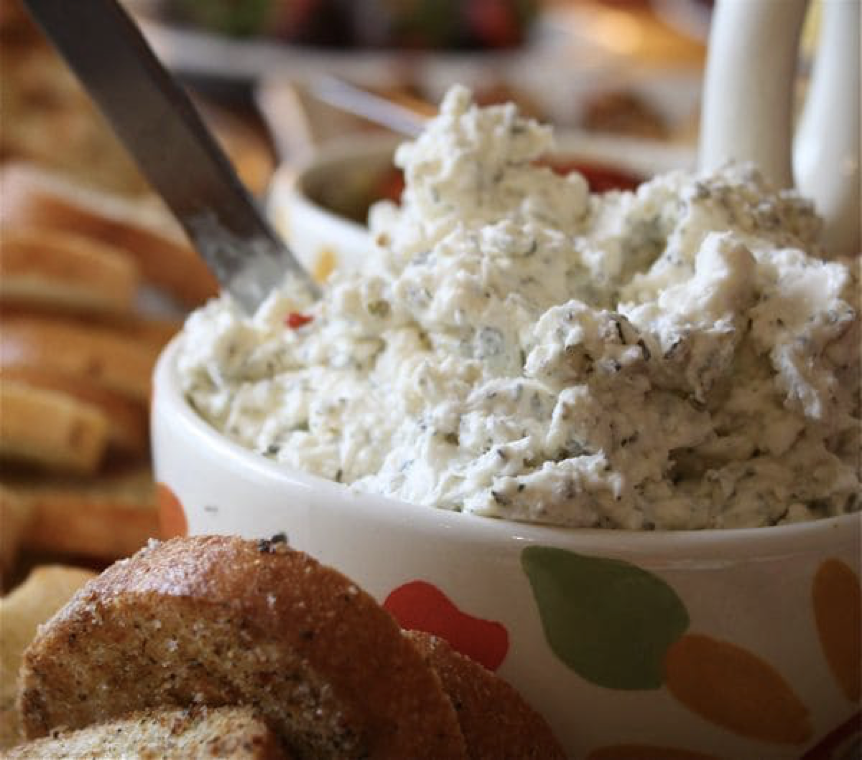
8 ounces feta cheese
8 ounces soft cream cheese
1 to 2 tablespoons (heaping) plain yogurt (use 1 tablespoon for a thick spread, 2 or more to make a thinner dip)
4 cloves garlic crushed
Directions:
Add Recipe to Cook'n
If you're serving this as a dip, up the garlic level even further with garlic breadsticks and garlic stuffed olives. Just choose your guests carefully!
Garlic needs to be stored in a cool place away from direct sunlight. And it needs to "breathe." Allowing the correct air circulation will extend its shelf life. An excellent way to store garlic is in a special garlic keeper. These are designed with holes to allow the air to circulate and also offers the advantage of looking good in the kitchen. I use a small terra cotta one that can hold about three bulbs. I don't store more than that at any one time. They are easy to find—kitchen specialty shops, online, even Target carries them. The average price is from $9 to $15.
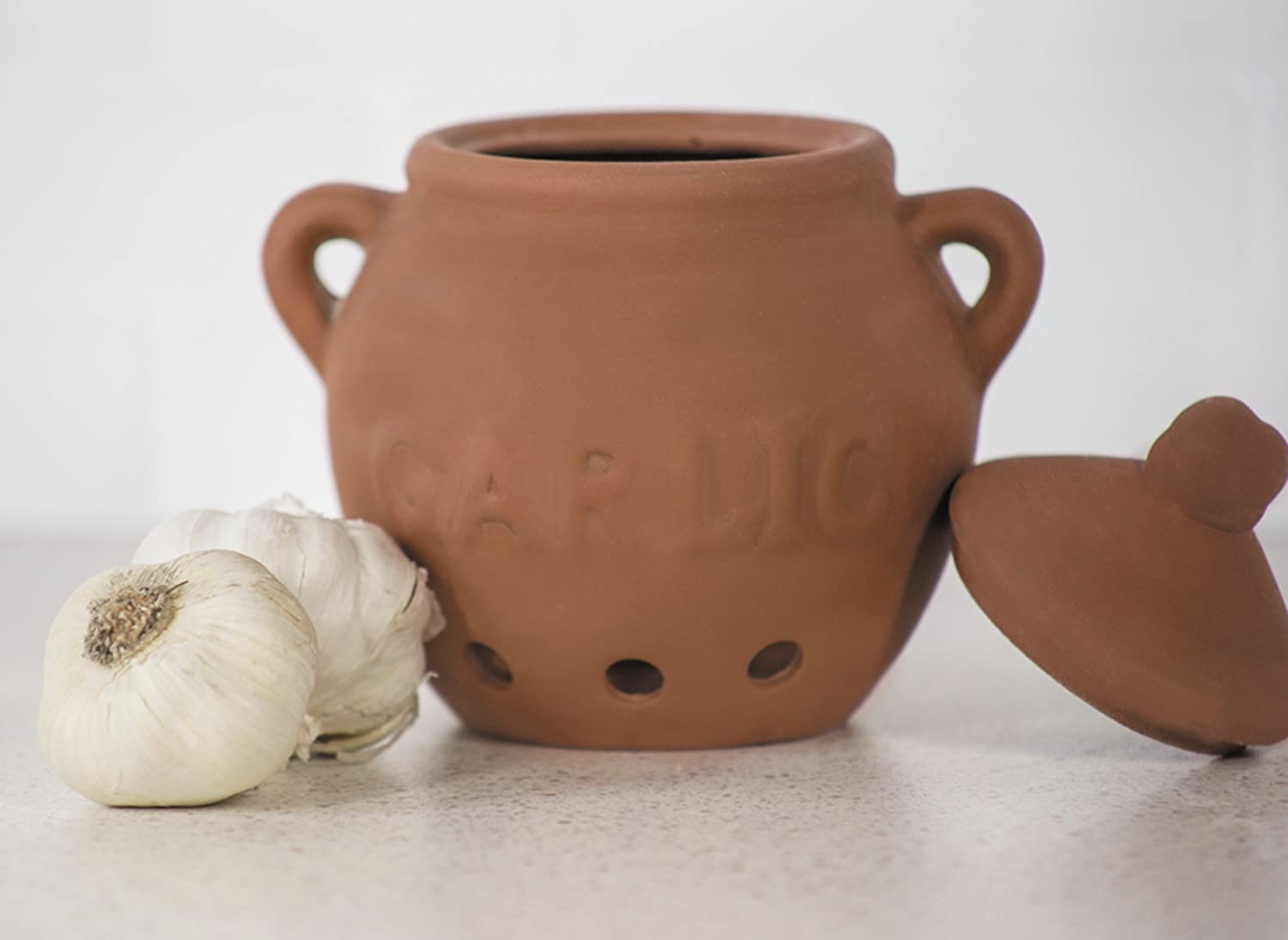
Important: Never store raw garlic in oil - this can lead to botulism and possible death. Garlic heads and cloves should also not be stored in your kitchen fridge. If garlic is refrigerated then it is likely to go soft and moldy. The same problem is likely to occur if garlic is stored in a sealed plastic container.
Finally, how do we cope with nasty garlic breath? Chewing fresh raw parsley is reputed to help assist this condition. Maybe that’s why so many dinner entrees are served with a parsley garnish.
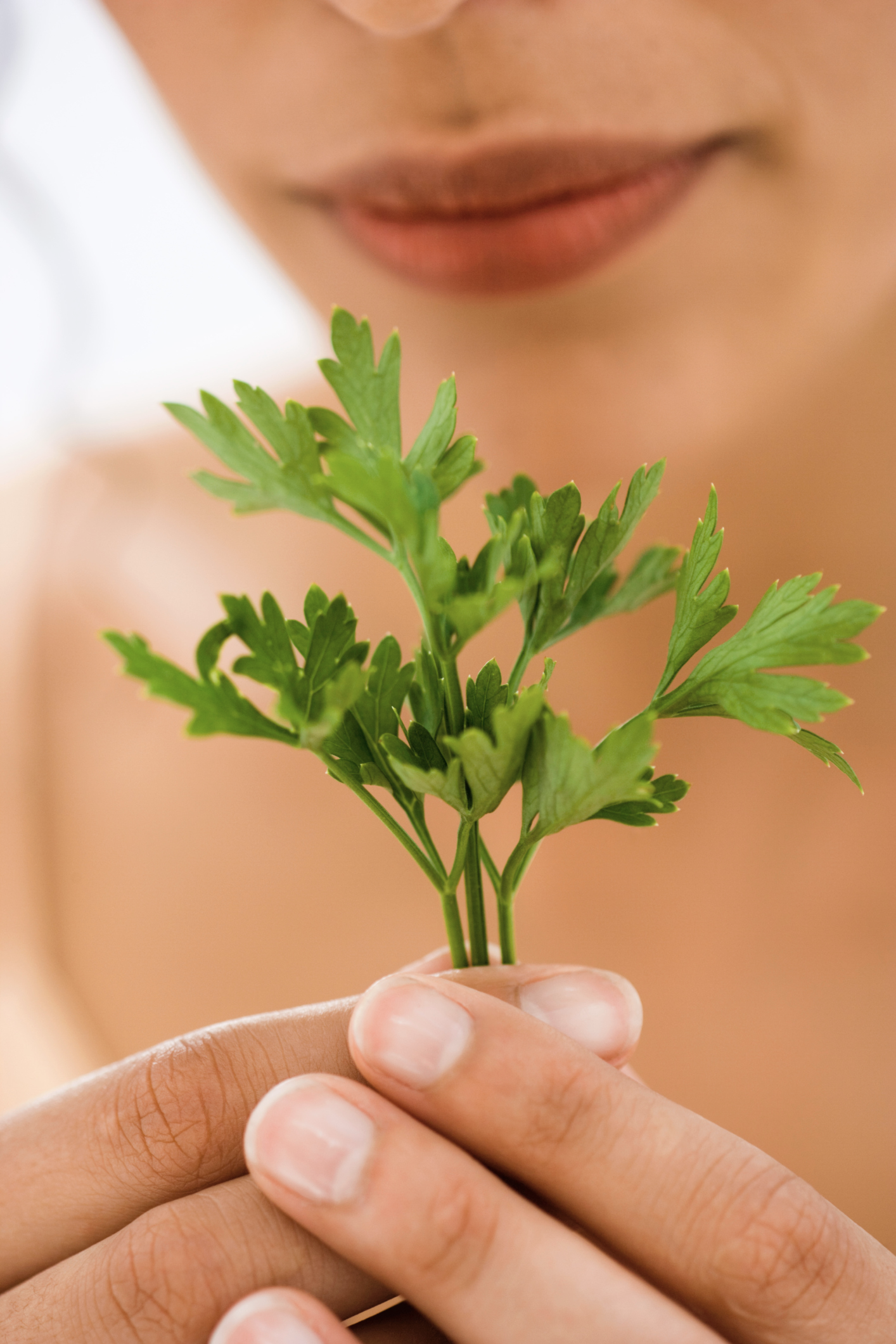
I haven’t had much luck with the parsley trick—my hubby will verify. I have to rely on the old-fashioned breath mint and even then, the odor tends to linger a little. None-the-less, its flavor punch and amazing health benefits are worth the garlic-breath risk!

Studies also show that garlic—especially aged garlic—has a powerful antioxidant effect. We all know that antioxidants protect the body against damaging free radicals, so including them in our diet on a daily basis is a smart thing to do.
The two main medically-powerful ingredients in garlic are allicin and diallyl sulphides. Garlic is a sulphurous compound; a stronger tasting clove has more sulphur content and hence more potential medicinal value. It’s said that organically grown garlic has higher sulphur levels and hence, greater health benefits. In my experience it certainly has the best taste.

Besides its high antioxidant count, raw garlic:
- Successfully treats acnes symptoms
- Helps manage cholesterol levels
- Is an effective natural mosquito repellent. I had to laugh when I read that, because as we all know, folks who eat a lot of raw garlic repel more than mosquitoes!

When buying garlic, make sure the heads are dry with plenty of paper covering. If you can see green shoots, then the garlic is probably too old and/or wasn't dried properly. Cloves that are far too old will crumple under the slightest pressure from the fingers.
That said, it goes without saying that it's important to remember the difference between bulbs and cloves when cooking! And when buying garlic for cooking, avoid being tempted by the very large elephant garlic. Although this looks wonderful, the taste is not at all the same and it is no substitute for ordinary garlic.

Once you get used to cooking with garlic you will probably find yourself using more than the recipe states.
You can buy a variety of garlic presses and other gadgets to help crush the cloves. But if you'd rather avoid gadgets then it's easy to crush garlic with only a knife and a little salt.

In general, the finer the chop, the stronger the taste. Crushed garlic has the strongest taste of all and only the real garlic aficionado uses crushed garlic raw. When cooked, whole garlic has a much milder, rather sweet taste. Garlic also mellows the longer it is cooked. Garlic added at the end of cooking will give a stronger taste than garlic prepared the same way but added earlier.
We’ve all had our garlic mashed potatoes, garlic-flavored croutons, garlic dusted French bread, and garlic-roasted chicken. But here’s a recipe for garlic cheese spread that is truly superb that you may not have had yet:

Garlic Cheese Spread
Ingredients:
8 ounces feta cheese
8 ounces soft cream cheese
1 to 2 tablespoons (heaping) plain yogurt (use 1 tablespoon for a thick spread, 2 or more to make a thinner dip)
4 cloves garlic crushed
Directions:
Thoroughly mix all the ingredients in a food processor; whizz until smooth. That's it!
Transfer to an airtight container and keep in the fridge. Adjust the yogurt to get the consistency you want. One or two tablespoons of yogurt creates perfect sandwich filler or toast topper.
Transfer to an airtight container and keep in the fridge. Adjust the yogurt to get the consistency you want. One or two tablespoons of yogurt creates perfect sandwich filler or toast topper.
Recipe formatted with the Cook'n Recipe Software from DVO Enterprises.
If you're serving this as a dip, up the garlic level even further with garlic breadsticks and garlic stuffed olives. Just choose your guests carefully!
Garlic needs to be stored in a cool place away from direct sunlight. And it needs to "breathe." Allowing the correct air circulation will extend its shelf life. An excellent way to store garlic is in a special garlic keeper. These are designed with holes to allow the air to circulate and also offers the advantage of looking good in the kitchen. I use a small terra cotta one that can hold about three bulbs. I don't store more than that at any one time. They are easy to find—kitchen specialty shops, online, even Target carries them. The average price is from $9 to $15.

Important: Never store raw garlic in oil - this can lead to botulism and possible death. Garlic heads and cloves should also not be stored in your kitchen fridge. If garlic is refrigerated then it is likely to go soft and moldy. The same problem is likely to occur if garlic is stored in a sealed plastic container.
Finally, how do we cope with nasty garlic breath? Chewing fresh raw parsley is reputed to help assist this condition. Maybe that’s why so many dinner entrees are served with a parsley garnish.

I haven’t had much luck with the parsley trick—my hubby will verify. I have to rely on the old-fashioned breath mint and even then, the odor tends to linger a little. None-the-less, its flavor punch and amazing health benefits are worth the garlic-breath risk!
Sources:
- www.tastingtable.com
- www.keeneorganics.com
- www.indiamart.com
- www.smallfarmersjournal.com
- www.marthastewart.com
- www.aggieskitchen.com
- www.atlanticspice.com
- www.healthyeating.sfgate.com
 Alice Osborne
Alice Osborne
Weekly Newsletter Contributor since 2006
Email the author! alice@dvo.com
